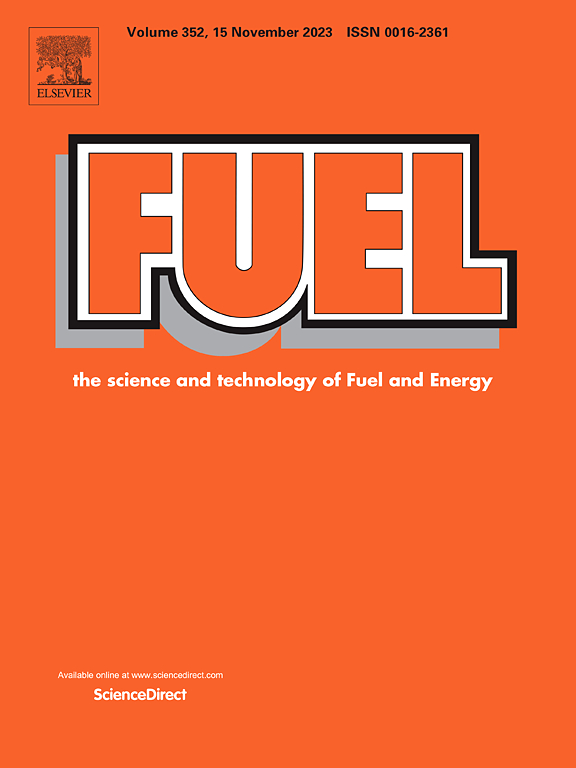Flower-like nanoscale Ni(OH)2/MnCO3 electrocatalyst for efficient hydrogen evolution reaction in wide pH range
IF 6.7
1区 工程技术
Q2 ENERGY & FUELS
引用次数: 0
Abstract
It is indispensable to develop efficient and cost-effective electrocatalysts, especially those that can work in a wide pH range for the HER (hydrogen evolution reaction) and OER (oxygen evolution reaction). In this study, we have devised a hydrothermal one-pot method for the production of Ni(OH)2/MnCO3 composite nanosheets on nickel foam having close resemblance with flowers. The electrocatalyst exhibited appreciable performance for HER with a minimum overpotential of −60 m V and −120 mV in acidic and alkaline media respectively, to deliver 10 mA cm−2 current density. Tafel slope of 38 mV dec-1 (in acidic) and 112 mV dec-1 (in alkaline) medium under a limited potential range of 0 to −0.1 V was observed. The significant performance of such a hybrid system can be attributed to thin sheet morphology, the mutual support of Ni(OH)2 and Mn(CO3)2, and possible generation of active sites at the interface and may contribute to the electrochemically active surface area i.e. 350 cm2 (acidic) 190 cm2 (alkaline). This study presents a novel approach to pave the way for advanced self-supported nanoscale materials to boost HER in both acidic and alkaline environments.

求助全文
约1分钟内获得全文
求助全文
来源期刊

Fuel
工程技术-工程:化工
CiteScore
12.80
自引率
20.30%
发文量
3506
审稿时长
64 days
期刊介绍:
The exploration of energy sources remains a critical matter of study. For the past nine decades, fuel has consistently held the forefront in primary research efforts within the field of energy science. This area of investigation encompasses a wide range of subjects, with a particular emphasis on emerging concerns like environmental factors and pollution.
 求助内容:
求助内容: 应助结果提醒方式:
应助结果提醒方式:


